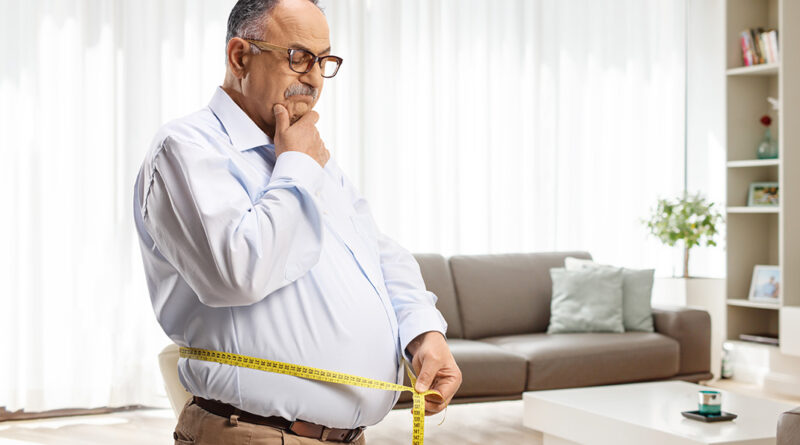Losing Weight After 55
Does it seem like the scale won’t budge? Try these tips
By Deborah Jeanne Sergeant
Does it seem like in your youth that you could inhale slice after slice of pizza, hardly exercise and not gain an ounce? But now just looking at food piles on weight?
Many people find that around middle age, their middles expand — along with other areas that tend to carry excess fat. But it is possible for people 55-plus to lose weight, despite a few challenges that come with
the years.
Most of losing weight has to do with diet, although activity should be part of every person’s healthful lifestyle.
“You can’t outrun your fork” means that you can’t entirely mitigate poor eating habits with exercise. It’s also vital to obtain proper nutrition and adjust that according to age.
“As we age, we need to make sure we need to increase the amount of protein in our diet to maintain our lean muscle mass that we lose as we age,” said Krista Campbell, registered-certified dietitian nutritionist with Nutrition Care of Rochester, PLLC in Pittsford. “We still need to make sure we are eating our carbohydrates from whole grains, fruits and veggies and also choosing healthy fats such as avocados, nuts and seeds.”
Instead of turning to fad diet — not a great idea, according to Campbell, as they’re not sustainable or balanced, a sensible eating plan will result in slow but maintainable weight loss.
“Once you go back to eating how you used to, you gain the weight back and can also gain back more,” she said. “The more we lose weight and regain it from fad diets, the harder it is to actually keep the weight off in the end.”
A sluggish metabolism is often blamed for a pudgy body. However, Campbell said that cutting back on calories and working out can help make up for that effect.
“Using weights is very beneficial and lifting heavier if we can to help maintain our muscle mass to keep us stronger,” she said. “If we are not working out, we need to start and if we can incorporate those weights into our plan.”
If old sports injuries are starting to surface, like that bum knee or janky hip, switching to an activity that’s easier on joints can keep you moving. Instead of running or skiing, try walking, using an elliptical machine or swimming.
Elizabeth Hornak, lead instructor for adult learn to swim program at JCC Rochester, said that the lap pool at JCC is about 82 to 83 degrees and the other is 85 to 88, ideal for relieving achy joints.
“Your feet aren’t on the ground so there’s no pounding of the joints,” Hornak said. “We also encourage folks to water walk, which is great recovery and for those with arthritis or other mobility issues.”
Of course, consulting with a personal trainer specializing in your type of injury or health condition can help you discover activities that both help you stay safe and burn calories.
Many people around age 55 are busy helping elderly parents while raising teenagers. It’s often the time that the career becomes particularly demanding. Squeezing in time for exercise becomes challenging. But picking an activity you like to do and joining a club or group can help you prioritize movement.
The Centers for Disease Control and Prevention recommends a minimum of 150 minutes of moderate aerobic exercise per week. Lifting weights can also help keep the metabolism higher.

